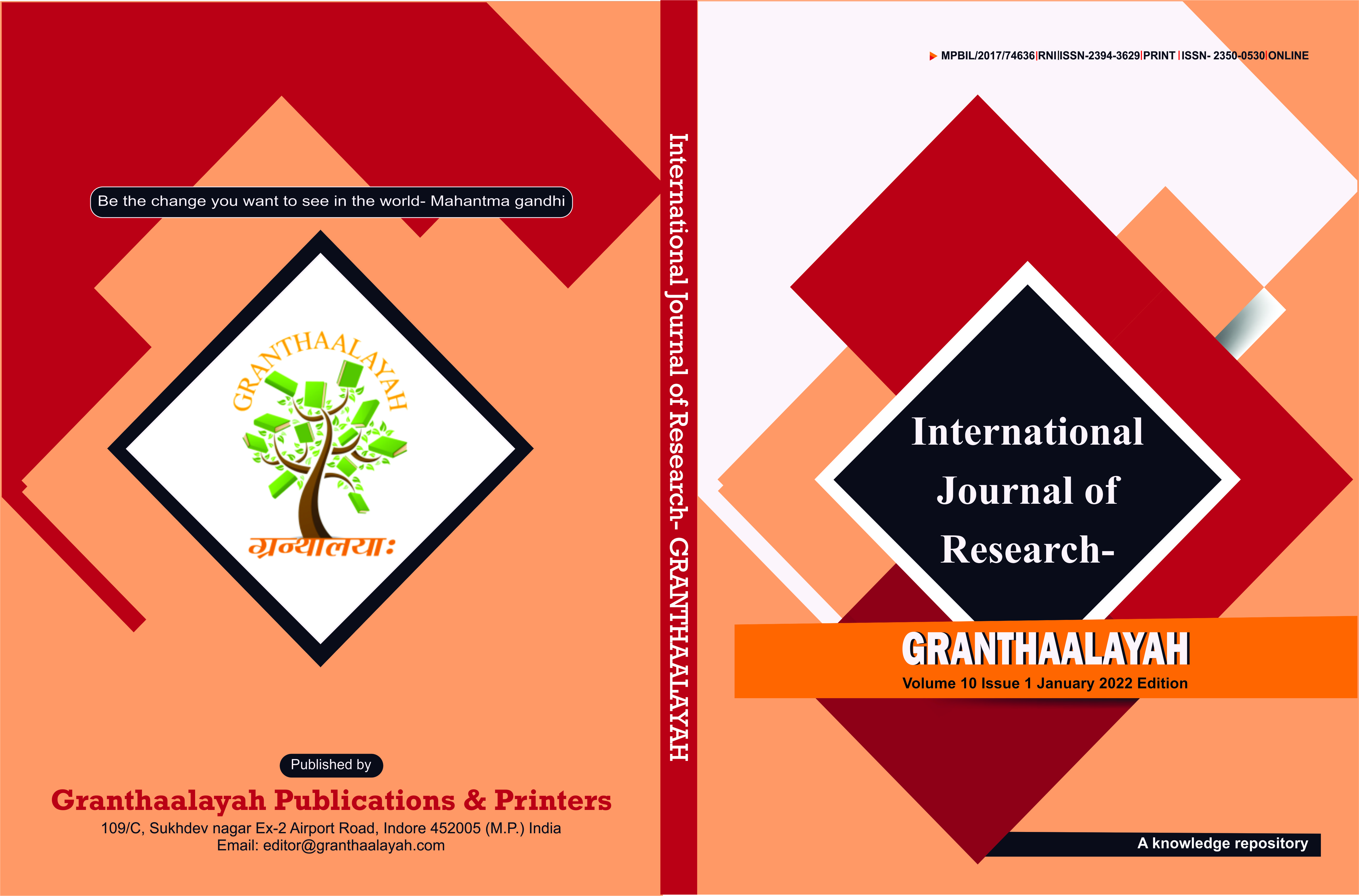ANALYSIS OF TEST INSTRUMENTS BASED ON HOTS CRITICAL THINKING ON PHYSICS IN THE SENIOR HIGH SCHOOL
DOI:
https://doi.org/10.29121/granthaalayah.v10.i1.2022.4483Keywords:
HOTS Thinking Critical, Senior High School, Test InstrumentAbstract [English]
Although learning has been implemented online because of the ongoing Covid-19 Pandemic, it is hoped that it does not eliminate the essence of the implementation of the revised K-13 curriculum, namely the scientific approach to learning process. The implementation of the scientific approach will structure the mind set of students to criticize a problem in their everyday life. This is what is required in the implementation of the revised K-13 curriculum, where critical thinking is a high-level thinking ability that students must familiarize with. HOTS questions are a measurement instrument used to measure higher order thinking skills, namely thinking skills that do not just remember, restate, or refer without processing. The purpose of this study is to: 1) determine the HOTS-based test instrument for high school critical thinking that has been used in the learning process and learning evaluation. 2). Know the level of difficulty and difference in power of the instrument and the effectiveness of the answer keys for high school tests. This research is a descriptive research with qualitative and quantitative approaches to documentation study. The findings in the study indicate that the test instruments used at the high school level have not met the criteria for HOTS high-level thinking. As for the results of the calculation of the difficulty level of the test, 8% of the questions were in the easy category, 46% in the medium category and 46% in the difficult category. For the difference in power category, 42% of the questions were in the bad category, 33% were in the enough category, while 4% were in the good category and 21% of the questions were in the very good category. The limitation of this research is the HOTS category of critical thinking test instruments..
Downloads
References
Aiken, L. R. (1985) Three coefficients for analyzing the reliability and validity of ratings. Educational and psychological measurement, 45(1), 131-142. Retrieved from https://doi.org/10.1177/0013164485451012 DOI: https://doi.org/10.1177/0013164485451012
Anderson, L.W., dan Krathwohl, D.R. (2001) A Taxonomy for Learning, Teaching, and Assesing: A Revision of Bloom's Taxonom y of Educational Objectives. New York : Addison Wesley Longman, In.
Borg. W.R. & Gall, M.D. (1989) Educational Research: An Introduction. New York : Longman.
Brookhart, S. M. (2010) How to Assess Higher Order Thinking Skills in Your Classroom. Alexandria : ASCD.
Conklin, W. (2012) Higher-order thinking skills to develop 21st century learners. Huntington Beach : Shell Educational Publishing, Inc.
Ennis, R. H. (1993) Critical Thinking Assessment. Theory into Practice. Vol 32, No 3, page 179-186. Retrieved from https://doi.org/10.1080/00405849309543594 DOI: https://doi.org/10.1080/00405849309543594
Published
How to Cite
Issue
Section
License
Copyright (c) 2022 Sabani, Wawan Bunawan, Irham Ramadhani, Maulana Tri Agung

This work is licensed under a Creative Commons Attribution 4.0 International License.
With the licence CC-BY, authors retain the copyright, allowing anyone to download, reuse, re-print, modify, distribute, and/or copy their contribution. The work must be properly attributed to its author.
It is not necessary to ask for further permission from the author or journal board.
This journal provides immediate open access to its content on the principle that making research freely available to the public supports a greater global exchange of knowledge.

























